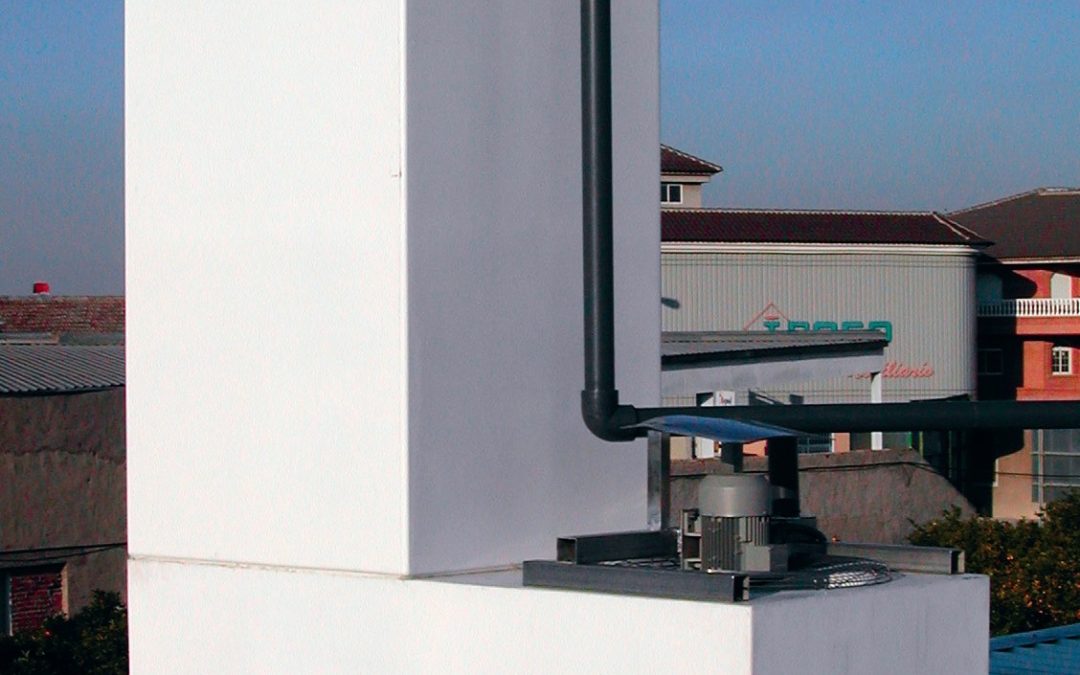Given its relevance, we echo the article published in
What is a cooling tower?
The article begins by defining a cooling tower or cooling tower as a structure designed to remove residual heat.
The heat is extracted from the process that generates it and sent to the cooling tower so that it can be ventilated. Cooling towers are used in a number of different industries, and many people are familiar with them, even if they’re not quite sure what they are for, because they have been visually associated with nuclear power plants. The distinctive towers seen on the grounds of such facilities are, in fact, cooling towers, not the plant itself. The cooling towers that are installed in nuclear power plants use the process of evaporation to purge the heat from the water that has been used to power the turbines.
The cooling or cooling towers work with evaporative processes. Water at a certain temperature passes through the tower, partly evaporating and thus allowing the heat to dissipate, passing the remaining cold water to a holding tank.
A natural draft cooling tower relies on natural temperature differences to create a constant flow of air to promote cooling. Others use fans and other mechanical devices for a shot, especially if they are smaller, because height is needed for an effective natural shot. An advantage of natural draft cooling is that it will continue to operate without electricity and with minimal maintenance, because the draft is fully automatic.
A variety of industrial facilities use cooling towers to process the hot liquids they generate. Some use heat exchangers to recover part of the waste heat and be able to use it as energy, which increases energy efficiency and makes the installation more respectful with the environment. A cooling tower is also used as part of a heating and cooling system.
______
Control y Ventilacion, S.L. is a company of international renown within the industrial and livestock sector, for being a manufacturer of products within the evaporative cooling sector, such as the HUMIBAT, evaporative plastic cooler; or its NUCLEOS towers, Cooling Towers. In both products, the substrate in which the evaporative process is produced is a plastic honeycomb, a honeycomb resistant both to physical and chemical attacks, and at the same time flexible, a honeycomb with a mesh structure, made of polyethylene High Density, and marketed under the names of PANAL C & V or in the case of being a drop separator, SEPARADOR C & V .
For more information you can see the following links:
www.controlyventilacion.com/refrigeracion-evaporativa/
www.controlyventilacion.com/relleno-y-separador/


Recent Comments